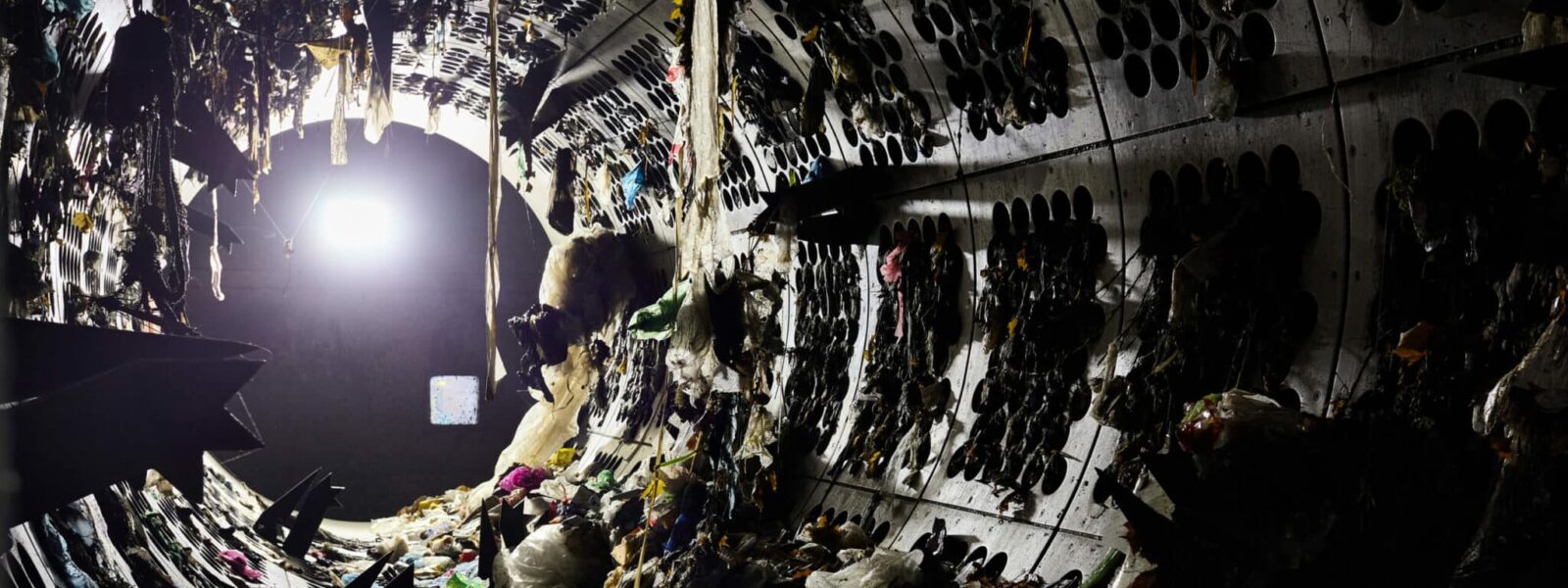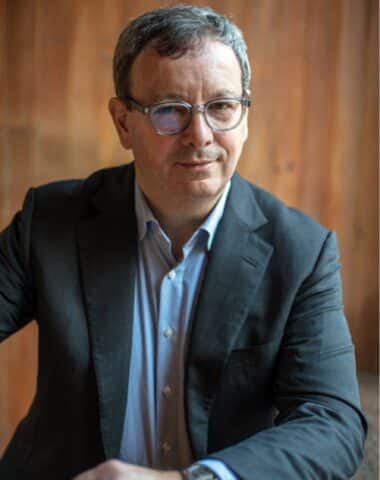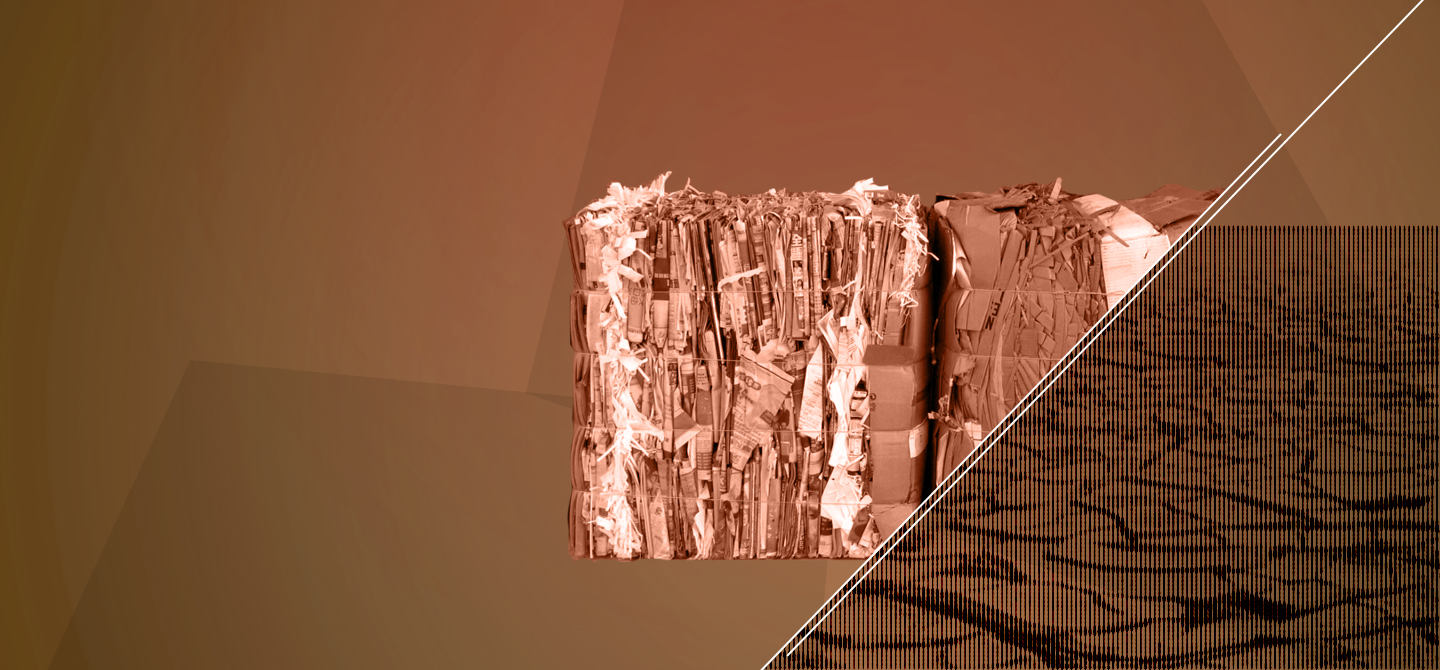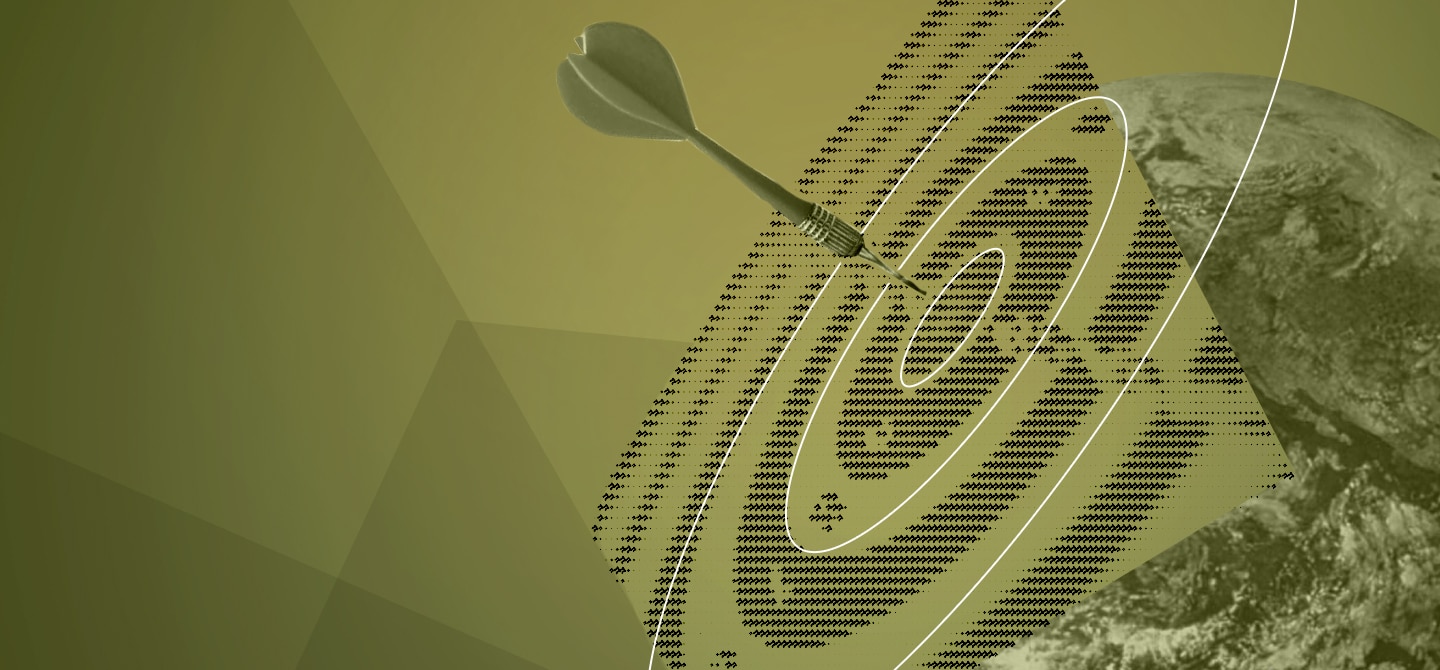Is the circular economy a rational utopia?
- The circular economy allows products and waste to find a new life, in the form of recycled materials or reconditioned products.
- This system creates millions of jobs and economic wealth estimated by the European Commission at 1% of additional GDP growth.
- However, recycling can only meet part of the needs insofar as we have a growing economy, which therefore requires raw materials.
- Moreover, most companies are doing weak circularity: they are not changing their business model and are content with adjustments at the margin.
- We need to move from weak circularity to strong circularity, by extending the durability of products and intensifying their uses.
How long has the concept of the circular economy been around?
Although the idea is much older, the circular economy concept was popularised at the turn of the 2010s by the Ellen Mac Arthur Foundation (EMF). The latter was instrumental in promoting the circular economy globally, introducing the concept in a mainstream report with McKinsey in Davos in 20121. This report had an immediate impact on all sectors (economic, political and social). In France, a National Institute for the Circular Economy (INEC) was created in 2013 and Ademe published a first report on the subject that same year2. But it is the FEM’s scripted story that has undoubtedly made its mark. For this occasion, the Foundation drew up a mobilising story, which would make people dream while appearing realistic, based on diagrams, figures, and quantified scenarios. A sort of rational utopia.
The central point of this story, which contrasts the old model of the linear economy with the desirable model for the future of the circular economy, is built on the idea of circularity represented by the image of the circle, a symbol of eternity in all civilisations. Applied to the circular economy, circularity means that after their death, products and waste can find a new life in the form of recycled materials, reconditioned or repaired products… and this, while creating millions of jobs and economic wealth estimated by the European Commission at 1% of additional GDP growth! In France, the first circular economy conference, organised in 2014, was an incredible success. Politicians, business leaders, economists, ecology advocates, social and solidarity economy actors, and public actors all gathered to celebrate this new utopia! Unfortunately, this is a very simplified scheme…
Why do you call it a “rational utopia”?
First, it is not possible to reuse everything, or to recycle endlessly. Material inevitably degrades, and if you recover it to make something new, you must add new material, and/or energy to obtain a new product. The same goes for products: you can maintain and repair them but, at some point, they will have an end of life. This is the principle of entropy. Secondly, many products have a “dispersive” use, like fertilisers that are spread on farmland or paints on walls that are irretrievable. It is also impossible to collect all waste. Some is lost in nature or gets mixed with other waste because it is too small to be sorted and ends up in landfill when it could have been recycled.
But even if you were to recover all the materials, primary and secondary, from the products you make through future technologies, it would not be enough to fuel a growing economy. To make the 1.5 billion smartphones sold worldwide in 2022, compared to “only” 680 million in 2012, almost 2.5 times as much metal had to be extracted in ten years! Recycling can only meet part of the needs of a growing economy. Schemes based on an infinite circularity where we would no longer need primary resources are therefore wrong in this growing world. A recent report by the European Environment Agency (EEA)3 points out that there has been no decoupling of the material footprint from GDP growth over the last 30 years. In other words, the consumption of non-renewable resources has grown at the same rate as the increase in economic wealth.
However, there are many companies that thrive on recovery, recycling, or reconditioning activities…
Yes, many initiatives are interesting, but scaling them up is very difficult. To recover value, one must first recover, then sort, then possibly clean up, then recycle or repair – all this within the framework of well-organised channels. If a link in this chain is missing or fails, the circularity loop no longer works. Waste sorting centres, for example, have difficulty recruiting employees since they are noisy, smell bad, there are risks of fire, etc. In short, the working conditions there are not good enough for them… Moreover, illegal channels thrive because they take what is valuable in the products and throw away the rest without bearing the costs of cleaning up.
So how can we move from utopia to reality?
We need to distinguish between weak and strong circularity. Most companies practice weak circularity: they do not change their business model and are satisfied with adjustments at the margin. They optimise their processes, and possibly carry out maintenance and recycling, but without giving up growth in production volumes. These strategies are therefore not compatible with respect for planetary limits. We need to focus on strong circularity, based on the principles of sobriety and extending the life of products and infrastructures. For example, an electric drill is used for an average of 12 minutes over its lifetime!4And who doesn’t have a raclette machine in their kitchen that they only use a few times a year? The challenge of strong circularity is not to reduce the production of wealth, but to generate it differently. It is based on two pillars: extending the durability of products and intensifying their uses, particularly through eco-design.
Have companies already made this change on a large scale?
A good example is Fnac-Darty, which has a third of the market for electrical and electronic products in France. With their long-standing customer service and a network of over 2,500 repairers that they train themselves, they are able to intervene quickly anywhere in the country with a high level of service. Taking advantage of the introduction of the reparability index in the Anti-Waste for a Circular Economy law (AGEC law), the company launched repair subscription packages for all its products (Darty Max). After only one year, they had sold 500,000 of them. The company’s goal is to sell 2 million subscriptions by 2025. At the same time, they are seeking to guide consumer choice and supplier offerings by establishing a list of the most sustainable products, and to narrow down the offering to the most sustainable products. In this way, they intend to gradually shift their business model from the sale of products (which is currently very competitive with platforms such as Amazon) to the sale of services, to build customer loyalty.
The “economy of functionality”, which consists of selling a performance of use rather than the product itself, is another promising model, experimented with by a growing number of companies. To develop this model of services with less environmental impact, it is necessary both to have eco-designed products so that they can be easily maintained, repaired, and recycled and to set up networks of technicians in the regions to provide these services to customers. A historical case is Michelin, which has developed the Tyres-as-a-service offer, which is proposed to professional customers (HGV and bus fleets, etc.) and which covers tyre maintenance, repair (re-treading and regrooving) and end-of-life recycling.
Do the public authorities support this approach?
The problem is that public authorities produce contradictory injunctions. On the one hand, they promote the circular economy and a certain form of sobriety (e.g. AGEC law), but, at the same time, they encourage the promotion of “green” growth technologies (electric vehicles, offshore wind turbines, mini nuclear power plants, “green” hydrogen, etc.) which nevertheless have a high material footprint and thus generate pollution transfers (e.g. France 2030 plan). In the “green” growth approach, the implicit assumption is that the growth in production and consumption can be continued indefinitely since “clean” technological solutions will have been developed. However, a choice must be made between encouraging high-tech technological solutions or initiating a strong circular transition, based on sobriety and the development of eco-designed technologies, possibly low-tech.















